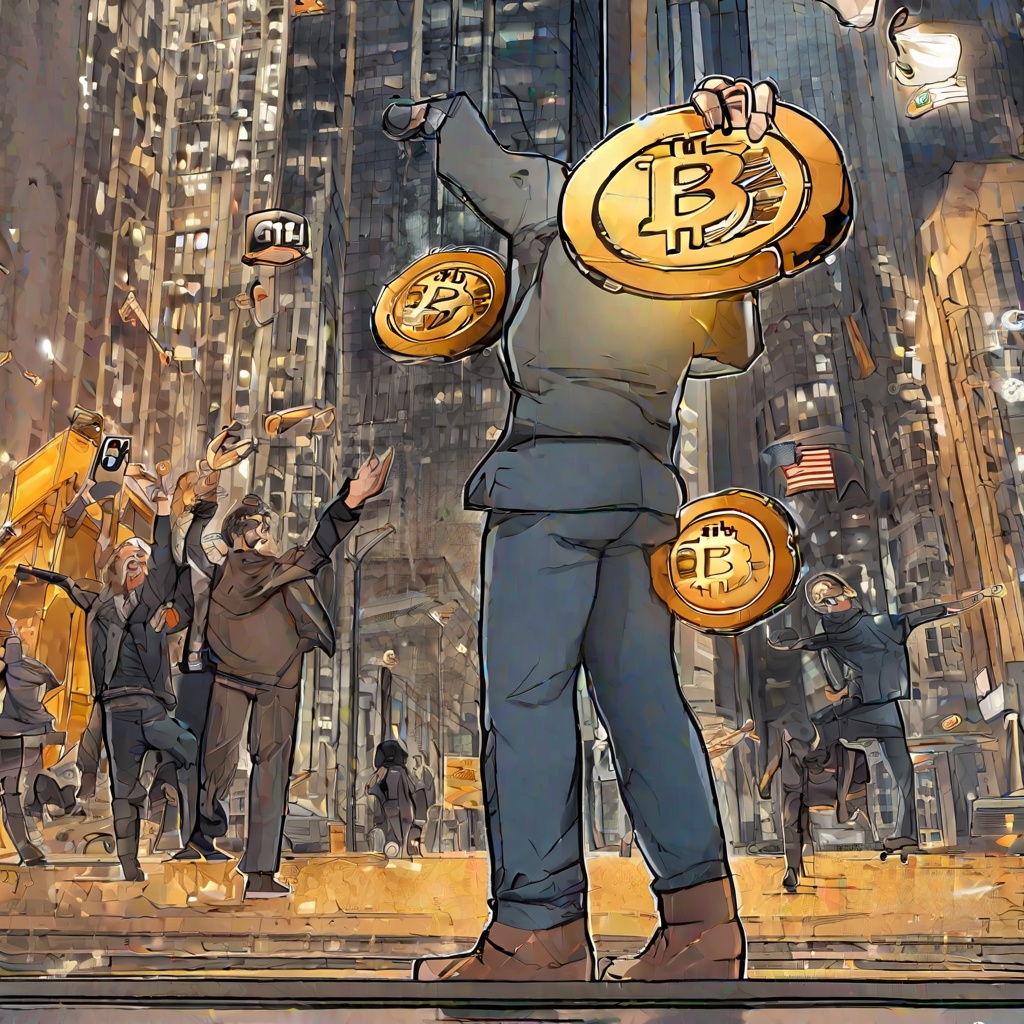Excuse me, could you please elaborate on the concept of a hyperchain? I'm curious to understand how it differs from traditional blockchain technology and what unique features or benefits it might offer. Is it a type of blockchain designed for specific use cases, or does it represent a significant innovation in the field of distributed ledger technology? Additionally, are there any notable projects or implementations of hyperchain technology that I should be aware of?

7 answers
 Stefano
Sun Jul 28 2024
Stefano
Sun Jul 28 2024
A Hyperchain is a sophisticated blockchain architecture that involves the integration of multiple blockchains. It functions as an overlying blockchain, creating a layer of timestamped (or linked) transactions on top of another blockchain.
 Nicolo
Sun Jul 28 2024
Nicolo
Sun Jul 28 2024
The primary purpose of a Hyperchain is to enhance security and scalability. By distributing computational tasks across multiple blockchains, it alleviates the pressure on any single blockchain.
 EtherWhale
Sat Jul 27 2024
EtherWhale
Sat Jul 27 2024
BTCC's spot trading platform allows users to buy and sell cryptocurrencies at current market prices. Futures trading, on the other hand, enables traders to speculate on the future price movements of digital assets.
 KDramaLegendary
Sat Jul 27 2024
KDramaLegendary
Sat Jul 27 2024
In most cases, the overlying blockchain in a Hyperchain setup is secured by a Proof of Stake (PoS) consensus mechanism. PoS is a more energy-efficient alternative to Proof of Work (PoW), making it suitable for the upper layer of the architecture.
 Lorenzo
Sat Jul 27 2024
Lorenzo
Sat Jul 27 2024
Meanwhile, the underlying blockchain typically utilizes PoW for security. PoW ensures the immutability of the blockchain by requiring miners to solve complex cryptographic puzzles to validate transactions.

